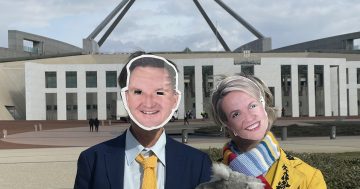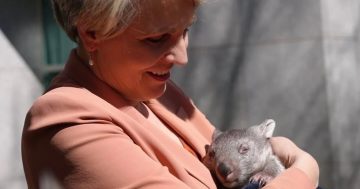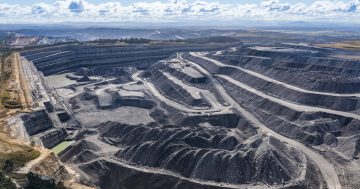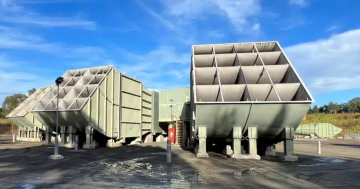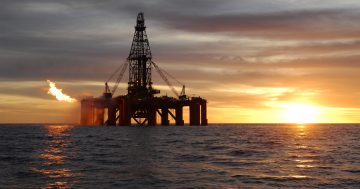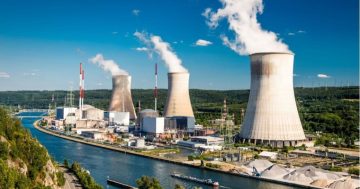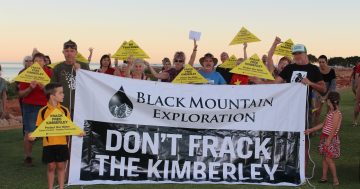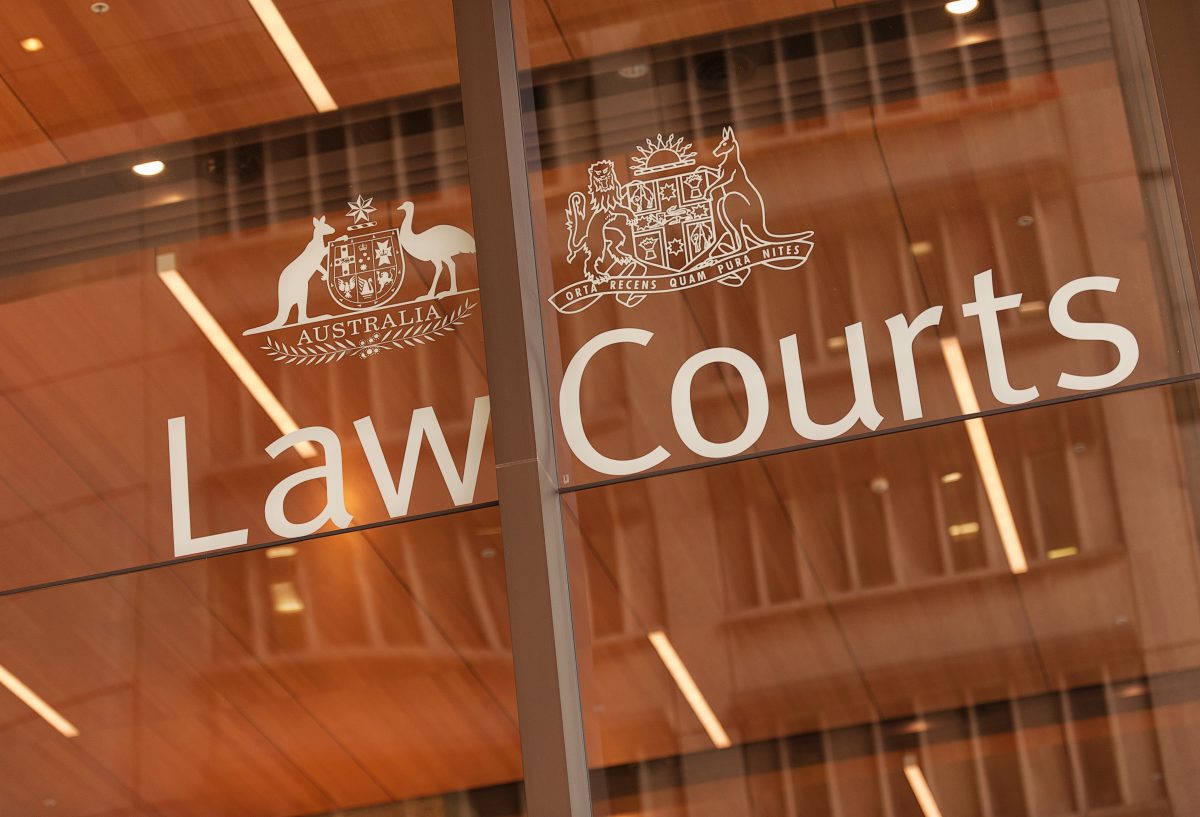
According to the Federal Court, Parliament should handle the matter of whether ministerial powers under this legislation were to be exercised to ensure explicit, detailed consideration of the climate impacts of fossil fuel proposals. Photo: Federal Court of Australia.
Following a challenge by the Environmental Council of Central Queensland, an appeal hearing on the Environment Minister is being decided regarding the law to scrutinise the climate harm of new coal and gas projects.
Three Federal Court judges are deciding whether Tanya Plibersek’s risk assessment of the Narrabri and Mount Pleasant coal mine proposals in NSW were adequate, the first court challenge to a coal or gas decision made by her.
The council was represented by Environmental Justice Australia on 12 and 13 of February, appealing against the sole Justice of the Federal Court’s full bench made on 11 October in what’s known as the Living Wonders case.
In the judicial review, Justice McElwaine determined there was no legal error in Ms Plibersek’s reasoning that large export-oriented coal mines in Australia will produce ”no net increase” in global greenhouse gas emissions (GHG). Or that they are too ”small” to warrant detailed assessment under the Environment Protection and Biodiversity Conservation Act 1999 (EPBC).
The Journal of Environment Law states this was despite the Minister having accepted this climate change science, along with the need for substantial reductions in GHG emissions to avoid related existential threats.
Until the result of this appeal is determined, Minister Plibersek, in line with departmental policy, committed to keep 19 coal and gas proposals on hold because of their environmental risks. However, the Boggabri coal mine in NSW, the Caval Ridge mine horse pit extension and the Winchester South coal mine in Queensland have been approved by their respective state governments. None of them can go ahead without the final approval of the Environment Minister.
Climate Council research director Dr Simon Bradshaw said the government’s approval of new coal mines without considering the climate harm was extraordinarily reckless.
“The lifetime emissions of the two coal mines at the centre of this case total 1.35bn tonnes of carbon pollution – roughly triple Australia’s total emissions last year – which would significantly contribute to the warming of our planet,” Dr Bradshaw said.
“There are many more fossil fuel applications currently sitting on the Environment Minister’s desk, including the Winchester South coal mine, which, if approved, will be Australia’s biggest greenfield coal mine.
“The impact on the people and places we love is clear – communities slammed by fires, then floods, our precious ecosystems suffering irreparable damage.”
An independent think tank’s recent report found that Queensland leads the nation for investment into transmission, large-scale, low-cost renewable energy and consumer energy resources (CER) due to its $62bn Energy and Jobs Plan.
Climate Energy Finance (CEF) said the state’s growing energy sources would see the retirement of its once-dominant coal fleet in just over a decade, around 2035.
Leading energy analyst and co-author of the report, Tim Buckley, said as director of CEF he urged the government to commit another $100bn to the May Federal Budget.
“This would unleash hundreds of billions in private capital and accelerate nationwide decarbonisation commensurate with the scale of our opportunity to lead the world in cheap firmed renewables and dominate the market in energy transition materials such as value-added critical minerals,” he said.
“While neither Queensland’s pumped hydro storage nor CopperString projects are commercially viable in isolation, the government’s investment is an enabler of massive follow-on investment, signalling political confidence and policy certainty to investors, accelerating momentum, and underwriting the transformation.”


